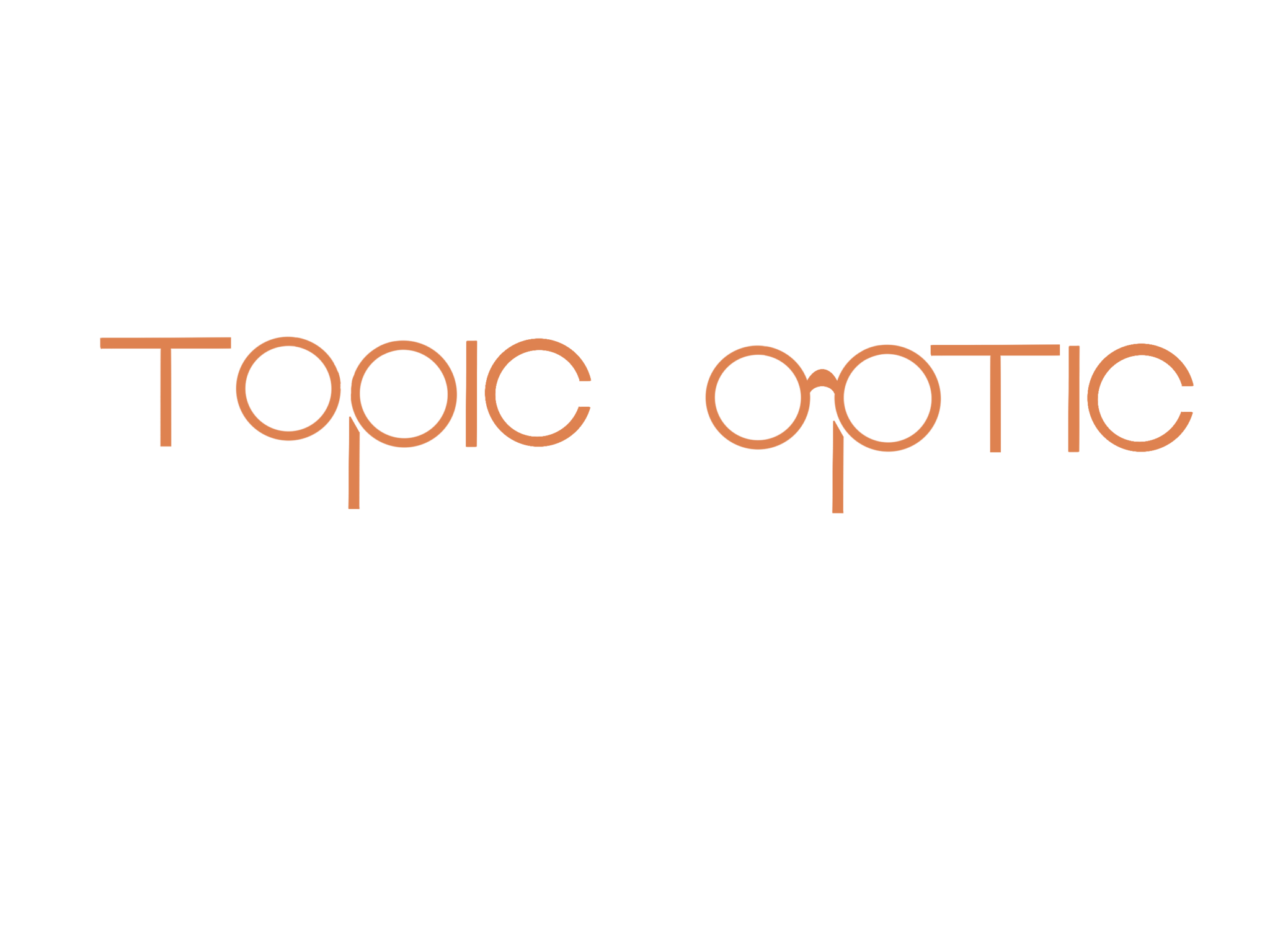Ptosis (drooping eyelid)
What Is Ptosis?
Ptosis (pronounced “TOE-sis”) refers to the drooping of one or both eyelids and is a condition that can affect adults and children. In some cases, ptosis can be present at birth (congenital ptosis), while in other cases, it develops due to aging, injury, or an underlying health condition (acquired ptosis). Depending on its severity, a drooping eyelid can partially or entirely obstruct the field of vision if the drooping eyelid falls over the pupil.
Symptoms of Ptosis:
The most noticeable sign of ptosis is one or both eyelids sagging. Other symptoms may include:
- Difficulty blinking or closing the eye
- Increased tearing
- Impaired vision (if the drooping eyelid obstructs the pupil)
- The need to tilt the head back or lift the eyebrow to see more clearly
In some cases, ptosis can develop over time, and individuals may not notice the gradual change in their appearance or vision.
Treatment for Ptosis:
Treatment for ptosis depends on its severity and the underlying cause. Options may include:
- Surgery: The most common treatment for ptosis is surgery to tighten the levator muscle (the muscle that lifts the eyelid). In severe cases, especially in children, surgery is often necessary to prevent amblyopia (“lazy eye”).
- Non-surgical Treatments: These may include the use of special glasses that hold the eyelid up for those who cannot undergo surgery.
- Treating Underlying Conditions: If ptosis is caused by an underlying condition, treating that condition may alleviate the ptosis.
Prevention of Ptosis:
In many cases, ptosis cannot be prevented as it’s often due to age-related changes, genetic factors, or underlying health conditions. However, avoiding eye trauma and managing chronic conditions such as diabetes may reduce the risk of developing ptosis.
Please note that this information is provided for informational purposes only and should not substitute professional medical advice. If you suspect you have any eye-related concerns, it is important to consult with an eye care professional for a proper evaluation and personalized recommendations.
